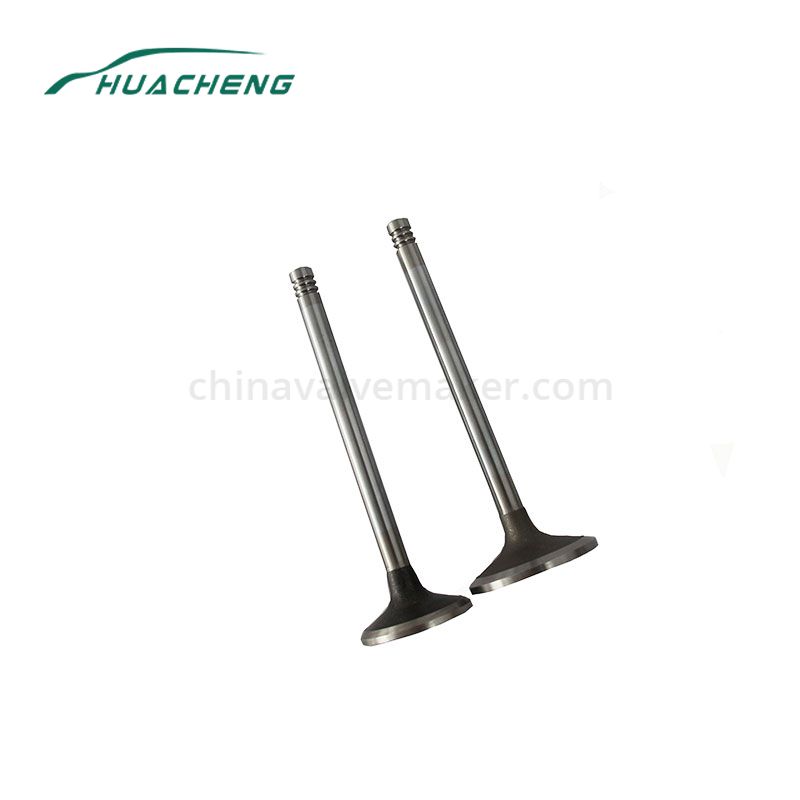Every car equipped with an internal combustion engine has an intake valve and an exhaust valve. The intake valve is located in the cylinder head. When the engine is ready for air and fuel mixture to enter the cylinder, the intake valve will open, allowing the mixture to enter the combustion chamber for combustion. After that, the exhaust valve will open so that all the burning gas and exhaust gas can be discharged from the cylinder. Both the intake valve and the exhaust valve must work properly for the internal combustion process to proceed smoothly.
If you regularly change the oil and keep the engine running, you should be able to get several thousands of miles out of your exhaust valve and intake valve. However, if your engine starts to overheat, it may cause the valve to contact the top of the piston and bend. This will damage many components other than the piston, such as camshafts, valve train components, and valve guides.

The following are the three main causes of the car's intake and exhaust valves.
1) Low engine oil-first check the low oil level. As you know, oil is needed to lubricate the engine and cool its rotating parts. If the engine is short of oil, more friction will occur. Once this happens, more heat will be generated and the valve will get stuck in the valve conduit. This causes the valve to connect to the piston, causing the valve to bend.
2) Overspeed-Most modern internal combustion engines are designed not to exceed a certain speed. This is done for safety reasons so that your engine will last a long time. If your engine is running at a speed higher than the maximum allowable speed, it will cause the valves to bend and damage the engine. This abnormal increase in speed is called over speed, and it causes the valve to extend and contact the piston. This is how they get bent.
3) The timing belt is the broken-your engine that has a timing belt to keep it running smoothly. If the timing belt breaks or is damaged, as the engine continues to run, the valve and piston will eventually contact each other. This is because the timing between the valve and the piston is closed. We need to replace the timing belt to solve this problem.
The above information is provided by a machinery intake valve manufacturer.
Previous: Understand Car Air Intake System